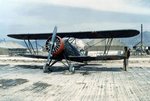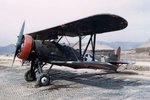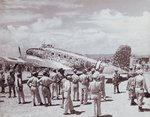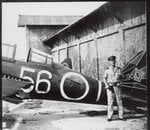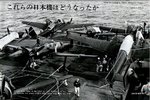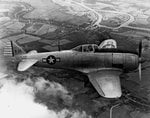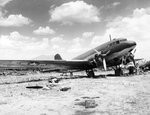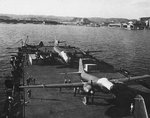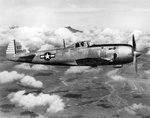- Thread starter
- #41
Popularly known as the '"Volksjager" (People's Fighter) but best remembered by the name Salamander, the He 162 turbojet-powered single-seat fighter was designed to employ as little strategic material as possible, which by 1944 was in short supply. Design work on the fighter started on 23 September 1944 and the first prototype flew on 6 December 1944. On the second flight the leading edge of the wing collapsed and the prototype broke up in the air. This did not seriously hinder the development programme and, after modifications were made to the wings, the He 162 went into large-scale production in widely dispersed assembly plants, many underground. However only 116 He 162A had been completed by Germany's capitulation and few were operational.


